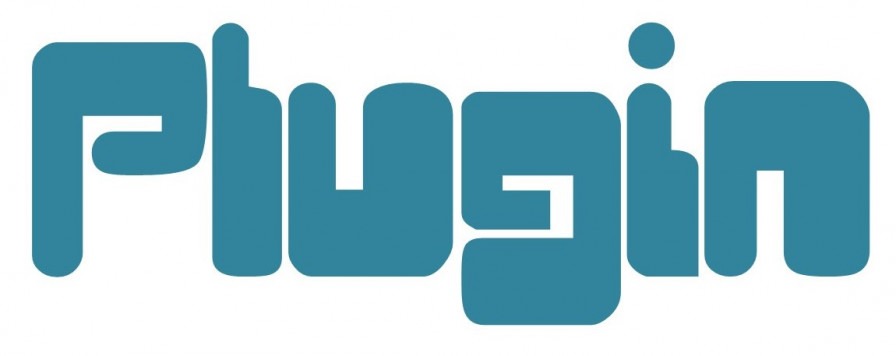Supporting young musician’s progression from one-to-one to group sessions in mental health inpatient settings by Meldra Guza (Lead Artist on Quench Arts’ Plugin project)

Facilitating activities for personal and social development though music making can be very effective. Naturally some people work better in a group setting whilst others thrive more in 1-2-1 sessions; then there are young people that equally enjoy both 1-2-1 and group sessions. The ideal outcome is to help the young people to bridge the gap between 1-2-1 and group sessions and vice versa.
Why is that needed?
Well, very often, in particular in mental health settings, the participants are more prone to stay in their comfort zone. For example, if they feel more comfortable blending in a larger group and being part of a team, they might feel at ease in a group session whilst some people might find a larger group overpowering and might feel nervous about speaking up in front of other people.
There are hundreds of reasons and combinations of emotions that result in a young person either turning or not turning up the session. Due to anxiety, a young person can find it difficult to reason with themselves; the additional pressure of parent/carer trying to encourage them can have the opposite of desired effect and, as a result, it might feel “too much” to cope with.
There are numerous benefits of group sessions, for example, personal and social development - being part of the group offers the opportunity to self-reflect, find one’s best place in the team, learn to encourage others, accept positive and/or developmental feedback. Also, there is the element of realising that other people might also feel anxious. Sharing their feelings with the rest of the group can allow participants to relate to each other and also feel more relaxed knowing that it is not out of the ordinary to feel certain emotions or even physical sensations linked to anxiety (racing heartbeat, sweaty palms, troubled tummy etc) during the session. Sharing the experience very often lifts some of the worry young people experience ahead of the group sessions.
So how do we get to the group sessions?
Some of the participants might instantly feel excited about the group session whilst others might need a little more time to get used to the thought. For those that prefer 1-2-1 sessions and struggle with group sessions, a step by step transition might be possible, with the option to “go back” to 1-2-1 sessions as a safety blanket.
First thing worth considering is highlighting the value that the young person is adding to the creative process. One of the key areas that a music leader has to work on is creating opportunities for the young person to self-evaluate their progress in a positive light. Whilst we can praise the effort and that will have some effect, a young person self-evaluating and reflecting upon their journey and being able to compare how far they have come can have a different level of strength. This allows the individual to carry that knowledge with them rather than becoming reliant on others to praise them. Whilst part of community music delivery is positive reinforcement, it is important to help young person develop their own skills to feel adequate. Not equipping a young person with ability to see their success can lead to constant worry and confusion as to why there is no praise once they have left the project or outside of the project settings.
The next idea to consider is creating a ‘pair’ session in a relaxed setting. For example, if another music leader is delivering a session at the same time, it might be a good idea to spend some of that session time working together in a pair activity. If there are 2 participants and both music leaders, it creates a feeling of a small group and is one step closer to a larger group session. Self-reflecting can be again very useful as it can strengthen the positive experience. It might be useful to try this method several times and then, with no pressure, invite the young person to a group session. Also, it can be beneficial to explain what to expect at the group session, who is going to be at the session.
When the participant arrives to group session, it can be good for the music leader who has been working closely with them to be nearby if they need a little bit of support and encouragement. Explaining to the participant that there is no expectation or judgement in the room and that they can just observe or fully participate is also worthwhile. Often the worry that young person has ahead of the session (new setting, new people, uncertainty on what to expect etc) is so great that for them it can almost outweigh the benefits of coming to the session at all in the first place. The patience, understanding and kindness of music leaders are key attributes to make the transition easier.
There is also something to be said about the need to reassure. There might be times when, after a reasonable amount of progress, the young person struggles again with the same issue. No one every truly goes “back to square one.” It is a new place with potentially similar unpleasant emotions, but there is already the experience of being better, overcoming similar struggles, so as facilitators of a music session, we need to be ready to offer understanding and encouraging response to that type of situation.
